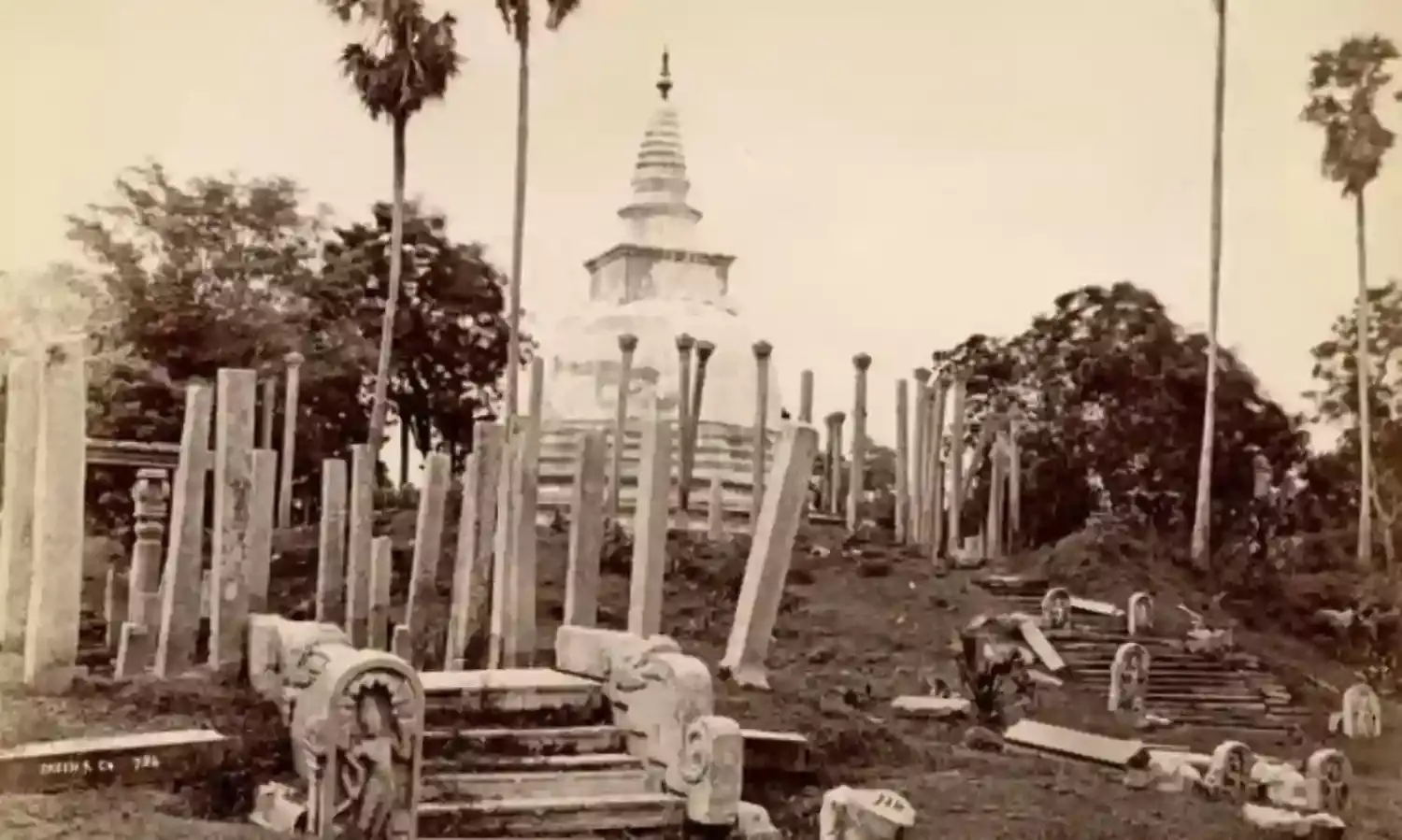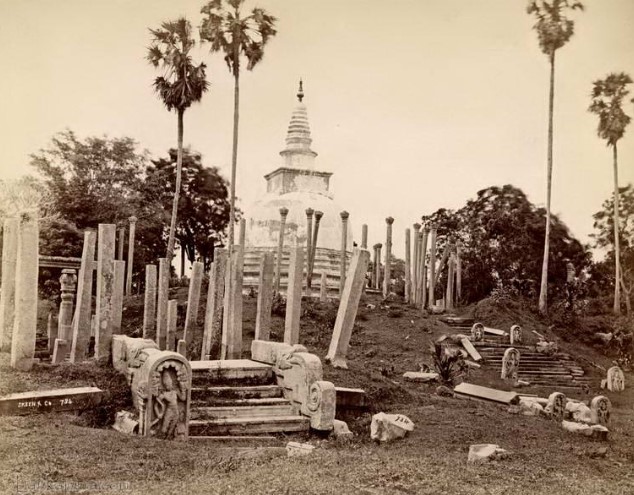A Page From a Journalist’s Diary - India’s Successful 1971 Sri Lanka Intervention
‘Everything by starts and nothing long’

The adage, plagiarized from Dryden, which I apply to journalists, came back to me when I settled down to write a column on the mass upsurge in Sri Lanka. A journalist by this system of belief is “everything by starts and nothing long.” It may puncture the self esteem of journalists who carry gravitas on their sleeves, but I am quite content with the definition.
In April 1971, known only to a small group, an Indian Frigate sailed to guard the Sri Lankan coastline against “foreign” reinforcements to help the JVP or Sri Lankan National Liberation Front which had virtually taken over the island. Umesh Mathur was one of the eight pilots to man six helicopters, needed desperately by the island to ferry ammunition to areas where insurgency was intense.
Anuradhapura, the Buddhist heritage site in the middle of the island was sending messages of desperation to the Indian Force control room in the Galle Face hotel where I had also checked in. In those days Colombo had two premiere hotels, Galle Face and Taprobane in the Colombo fort.
I am kicking myself for having forgotten the name of the Indian Brigadier, leading the Indian contingent. I tried but no General I know, including the ones who served in the Indian Peace Keeping Force in Sri Lanka seemed to remember the occasion when India saved the island. There were other army officers to help the Brigadier draw up a list of military hardware and details of a contingent to train 5,000 troops.
The Brigadier was a kindly man and he quickly spotted a greenhorn of a reporter from The Statesman, a newspaper revered by the army top brass. He understood that I was on assignment to cover the insurgency but was confined to the hotel because of a strict 24/7 curfew with shoot at sight orders.
He had put his finger on the button. I was worried as hell. My first foreign assignment, if covered well, would boost my senior’s confidence in me and more such assignments would follow. Remember, I am talking of days when there was considerable fairness in journalism. Should I flop, I shall be treated like the thoroughbred who sat down on the Straight. Shot.
To dispel my gloom, appeared the figure of the cheerful Mangalorian Brigadier approaching me from the far end of the verandah. “In 15 minutes a helicopter is taking off for Anuradhapura” he said. “It’s a two seater and he will fly you”, pointing to the pilot. It was like manna from heaven.
The pilot, Umesh Mathur, tall and fit, was good company because, in the absence of conversation because of earplugs to muffle cockpit noise, he kept pointing out interesting locations below – police stations under JVP control for instance.
In about 45 minutes, we were hovering over Anuradhapura where heavy showers obstructed vision. Suddenly, there is a loud report, like a balloon bursting. The helicopter begins to hurtle down. There is a brisk maneuver on Mathur’s part. He has tilted the rotors to cushion the air. I say my last prayer just in case it helps. The helicopter came down not with a crash but a thud. It had sunk in the slush created by heavy rains. We have survived.
But the suspense is not over. How close are we to the insurgents? Mathur makes radio contact. Within minutes an IAF helicopter is hovering overhead. The Calcutta (Kolkata) edition of The Statesman, trained never to lose balance, lost it in this instance. The page one headline across three columns was: “A Copter Crash and I Was in Insurgent Country.”
It was then called Ceylon where the drama began on April 5. When it erupted it had all the trimmings of an international whodunit. Détente was going badly for the Americans. Stand up comedians in Washington had their own take: détente was like going to a wife swapping party and returning home alone. Ceylon was not central to the competition between the two superpowers.
The US President in 1971 was Richard Nixon. He was busy with bigger things, creating a Beijing, Washington, Moscow triangular power balances. In totally different circumstances, is that not what the West is attempting now: to distance Beijing from Moscow because their “friendship without limits” is the West’s nightmare.
The JVP cadres in the late teens and 20s, fell back for training on an unexpected source; North Korea. They had built up a cultural centre in Colombo, which was larger than many embassies. On April 5 boys and girls tutored in North Korean cells, among others, their ranks swelled by an assortment of bandwagon revolutionaries, graduates and semi educated unemployed peasants armed with shotguns, bombs, pistols attached police stations across the country. They captured 91 of the 250 police stations. Rail and telelinks were disrupted. That night the insurgents controlled one fourth of the country.
Why then did the JVP not succeed? As often happens in such underground operations, not all the conspirators are of the same stern stuff. There is always a Judas. In this instance, a group of insurgents, instructed to attack the Wellawaya police station, jumped the gun and launched an attack one day earlier than the scheduled date – April 4. This alerted the police.
Prime Minister Srimavo Bandaranaike informed a shocked cabinet that the insurgents had a plan to assassinate her or, preferably, kidnap her. At 11 pm, about 50 insurgents were to assemble at Temple Tree, the Prime Minister’s residence, storm it and assassinate the PM or kidnap her. This operation was to coincide with the attacks on the police station.
Among the first diplomats to be asked for instant help was the Indian High Commissioner, Y.K. Puri, the last of the ICS breed. An offer of troops in Brigade strength was shouted down by the opposition. Indian troops in such large numbers would be resented by the people.
The JVP’s ire was, it turned out, directed against “Western imperialism, Indian expansionism and Soviet revisionism. Youth upsurge of diverse hues was the flavor of the season from Paris to Patna those years.




